Half of the world’s people depend on rice as their main food but to get the best out of it, rice mills are mandatory. Since Evelyn White’s earliest version of a rice mill, a long time ago, there has been a lot of experimentation in rice-related processes, which have in turn, improved the efficiency and quality of rice. Today’s rice mill are more technologically inclined than you can imagine. In this blog, we will cover what a rice mill is, how it works, how to use it, its price and the best rice mill in the market today.
Table of Contents:
– What is a rice mill?
– How do rice mills work?
– How to use a rice mill
– How much does a rice mill cost?
– Top rice mills in the market
What is a rice mill?
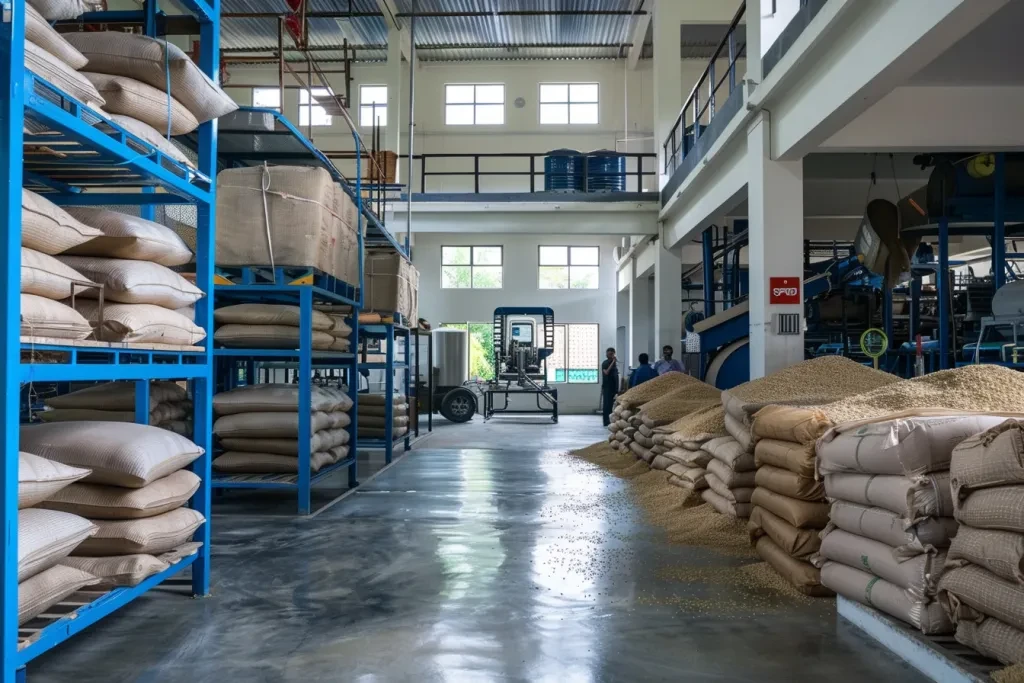
The rice mill machine is used to automate the process of stripping away the husk and bran that cover paddy rice on a large industrial scale until it is left as glistening white rice. These mills range from smaller units used on a local scale by farmers to the much larger commercial setups.
There are five main parts of a rice mill. It consist of paddy cleaner, husker, separator, polisher and grader. The raw paddy fed into the paddy cleaner, and this is a heavy-duty machine that dislodges straw, stones, dirt and other foreign matter from the rice.In this process, husker seperates the husk from the grains, and the separator seperates the brown rice from the husk. The polisher makes the rice shiny and fluffy. The grader is used for sorting the rice to suitable sizes and qualities.
For a rice mill, to make a better product means to produce edible rice, that is broken grain free. And to make a rice mill make a better product, the methods to be used by the mill should be modern. Such methods of today include optical sorting, automatic controls, and energy saving equipments.
How do rice mills work?
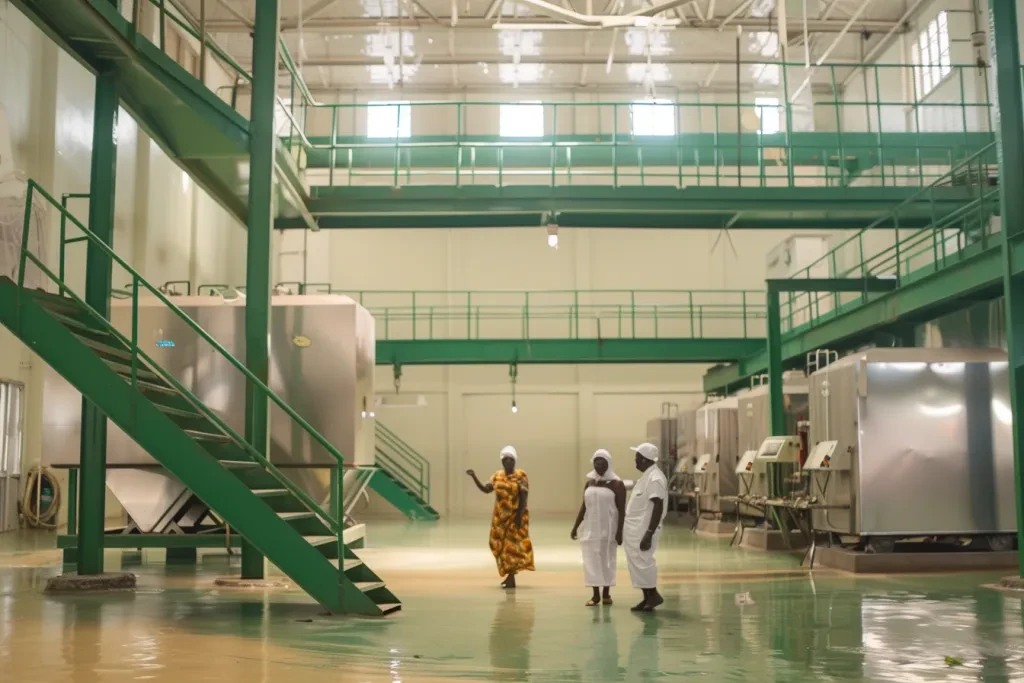
The process that converts raw paddy into polished rice begins with paddy cleaning, where large impurities and finer contaminants are removed by a combination of screens, sieves, and air blowers.
The paddy is then taken to a husking area where rubber roll huskers or centrifugal dehuskers removes the husk layer. This mixture of husk and brown rice is fed to an aspirator that separates the light husk from the heavier brown rice.
Brown rice is milled (or ‘whitened’/‘polished’) in either of two steps that remove the bran layers, with or without an abrasive, using either a friction or abrasion-based machine. The amount of milling can be varied to produce rice with different degrees of polish, from brown rice (leaving most of the bran intact) to fully polished white rice (no bran).
The polished rice is then graded and sorted by optical sorter to ensure that the size of the polished rice is uniform and that any foreign objects are eliminated. Next, the graded polished rice is packed in packages and ready for distribution. Each step plays a vital role in the process to ensure that the yield is maximised and the end product is of good quality.
How to use a rice mill
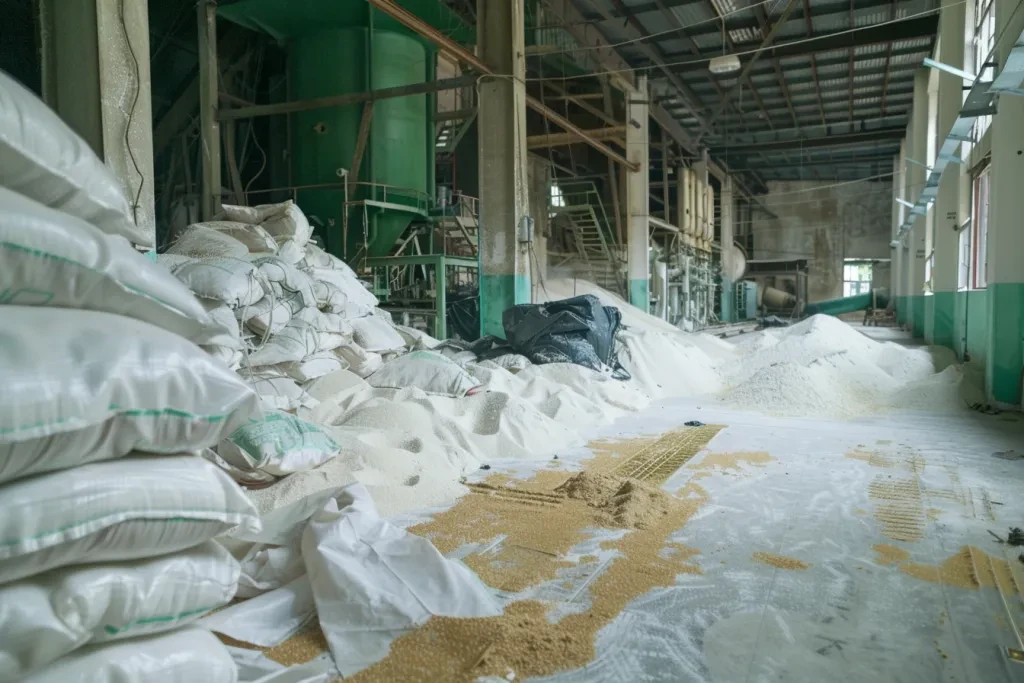
Using a rice mill means in multi steps from beginning with preparing the raw paddy , throught to finishing with packaging polished rice. Prceeding show a step by step instruction of how to use a rice mill.
- Preparation: First you sort by carrying out basic paddy cleaning to eliminate stones, dust, straw or other impurities in the raw paddy. You usually do it with a paddy cleaner, which involves a cascade of sieves and air blowers.
- Husking: Once the paddy is cleaned ,feed it to the husker.ensure that the husker settings remove the husk with no damage to the grains of rice.the out put will be brown rice and husk mixed together.
- Separation: Separate brown rice from husk using an aspirator or paddy separator. Adjust angle of machine for maximum separation efficiency.
- Milling: Put the brown rice in the polisher and adjust the milling settings according to the weight of bran layers you want to remove. Milling is the step to determine whether you can obtain brown rice, semi-polished rice or fully polished rice.
- Polishing: Polish up the products to remove broken or split grains so that the product has a good quality. Grading: Grade the rice by size and quality. It helps remove broken grains or affected grains so that the product is uniform in quality and size.
- Packing: Lastly, pack the sorted rice into suitable containers for storage and distribution. This should ensure that the rice is properly stored in a cool, dry place and properly packaged to avoid contamination and spoilage.
A consistent and timely maintenance of the rice mill machine is necessary for it to be running efficiently. The machinery should be checked for any dirt or foreign materials, cleaned and replaced any worn down parts being replaced and all settings should be properly adjusted at all times so as to ensure its proper functioning and at the same time ensuring that the grains are of high quality.
How much does a rice mill cost?
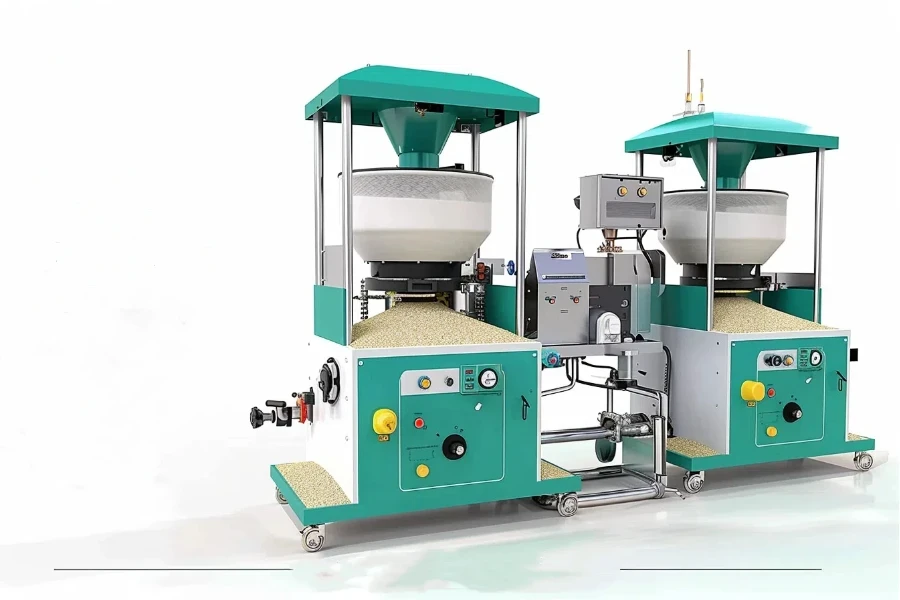
The cost of a rice mill is dependent on features such as the production capacity, the level of automation and the technologies used. Below I will outline the costs for different types of rice mills with different internal technologies. The first and second are suitable for small-scale farmers and small cooperatives. The last one is a production scale rice mill. The first machine has a small production capacity. The level of automation is low, but sufficient for up to 100 staff. The cost is therefore low and around $1,000 to $10,000.The second machine is similar to the first but has a higher capacity and low level of automation. The cost is roughly the same but higher and around $1,000 to $10,000.The third machine has a high production capacity and is automated to a high level. The staff are reduced to around 50. The cost of this machine is the highest, over $10,000.
Medium-sized rice mills (which can process more paddy, often with more automation) start at about $20,000 and go up to around $100,000. These mills are a good fit for big farms or small to medium rice processing businesses.
For example, industrial rice mills with high level of automation and capacity for commercial production will cost from $100,000 to several million dollars, including advanced technologies, such as optical sorters, automatic control systems, high-efficiency rice processing machinery, modern designs, and so on.
When deciding on this matter, we should not only consider the initial cost of buying a rice mill, but carefully checj the running cost such as the energy cost, the labour cost, the cost of spare parts and regular maintenance of the rice mill.
Top rice mills in the market
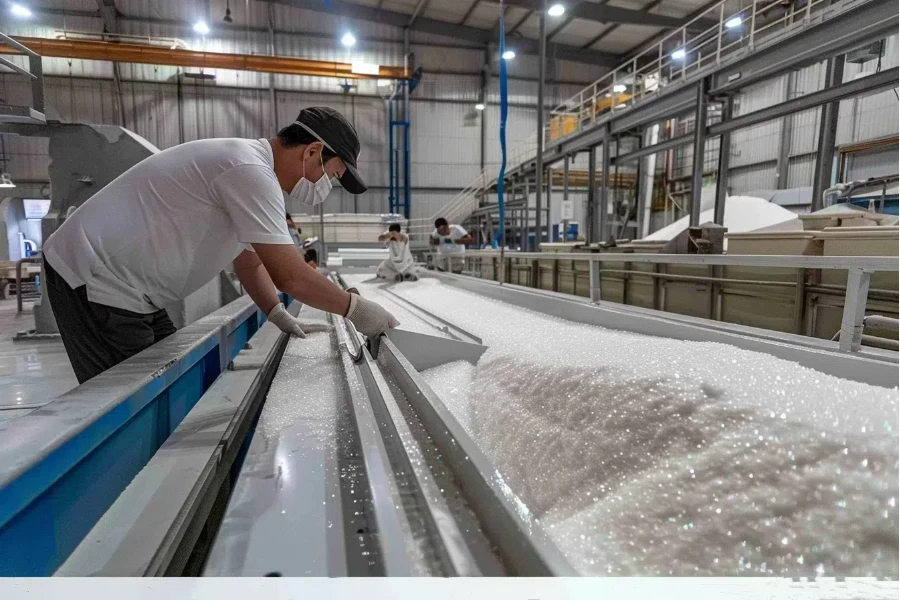
When choosing a rice mill, there are several outstanding models to consider, as these machines excel in terms of precision, reliability and extra features. Here are some of the latest rice mill models on the market.
- Satake Rice Milling Systems: Satake is a premium global brand in the rice milling industry, known for innovative technologies, high-quality machineries and digitalised solutions. They offer high-tech rice mills, that comes with smart optical sorters, user-friendly automatic control systems, energy-saving designs and more. Ideal for both small scale and large scale rice producers.
- Buhler Group: Our wide range of rice milling solutions suits your every need, from large capacities to small individual requirements. Buhler rice mills are built to last. They are designed with precision and engineered for efficiency. The latest technology integrated in our rice mills enhances yield and maximizes rice quality.
- Milltec Machinery Pvt. Ltd: Milltec Machinery Pvt. Ltd is a mfr of automatic rice mill equipment machines, produces turnkey automatic rice milling plants – supply of rice mill machinery for automatic rice grading, automated rice husking, automatic rice polishing, rice huller & paddy husker machines. Having a diligent approach on innovation has kept Milltec at the crest of the industry giving its customers a great satisfaction to work with one of the pioneers in the rice milling industry.
- AGI MILTTEC: AGI MILTTEC is a Taiwanese original brand supplying a full line of high quality rice milling equipment for small and medium scale manufacturing. Our machines are recognized by durability, easiness of operation and operation, 24 hours post sales support.AGI MILTTEC rice mills make it possible for you to get higher productivity & quality of rice.
- Zhengzhou VOS Machinery Equipment Co., Ltd: VOS Machinery has various rice milling machines with cost-effective and high efficiency. Our products are the ideal choice for small and medium farmers who seek a rice milling machinery machine with high stability and low cost.
Which rice mill is more suitable for your business? T700 rice mill, FP60 rice mill or Turbo 53? It depends on many factors. It doesn’t only depend on your capacity, budget and your requirements, but you also need to compare different models, do the total cost of ownership calculation and then you can choose a machine you need.
Conclusion
We can’t imagine a rice mill without serving the purpose of processing raw paddy to become the well-known polished rice we all have in our bowl of rice and curry. Rice mills are basic machinery that plays a vital role in the rice production process. It is capable of running automatic and semi-automatic mechanical operations.
Most of the time, farmers are not familiar with all the technical specifications of how the mill works or what is needed to run a rice mill. This can lead to wrong choices on machinery. Knowing the types, working, prices and top-model of rice mill can really help the producers to make the right choice for their production.
This essay will discuss the importance of rice mills and the right rough paddy texture before processing. Moreover, it will focus on the types of rice mills and how they operate to produce polished product. It will also talk about the overall benefits of having a good rice mill over the old traditional one.
To start, the texture of rough paddy must be hard and dry when taking out of the field. It is important to avoid damaging the kernels during threshing due to its fragility. If the paddy is not in the right shape or condition, it can cause many other problems when processing it like Slow cleaning, low productivity, poor milling efficiency, and increasing costs.
Secondly, rice mills come in various types and sizes. They meet the needs of various scales of operations, from small-scale to large-scale production. Based on the producers’ needs, using the right rice mill with a higher yield can gain the nominal profit in the production processing.
Lastly, the performance of a rice mill is a critical element. It determines the production yield. An efficient and robust mill is the right choice for large-scale production. One of the clear advantages of the latest models of rice mills compared to the traditional ones is the level of mechanization it offers.




